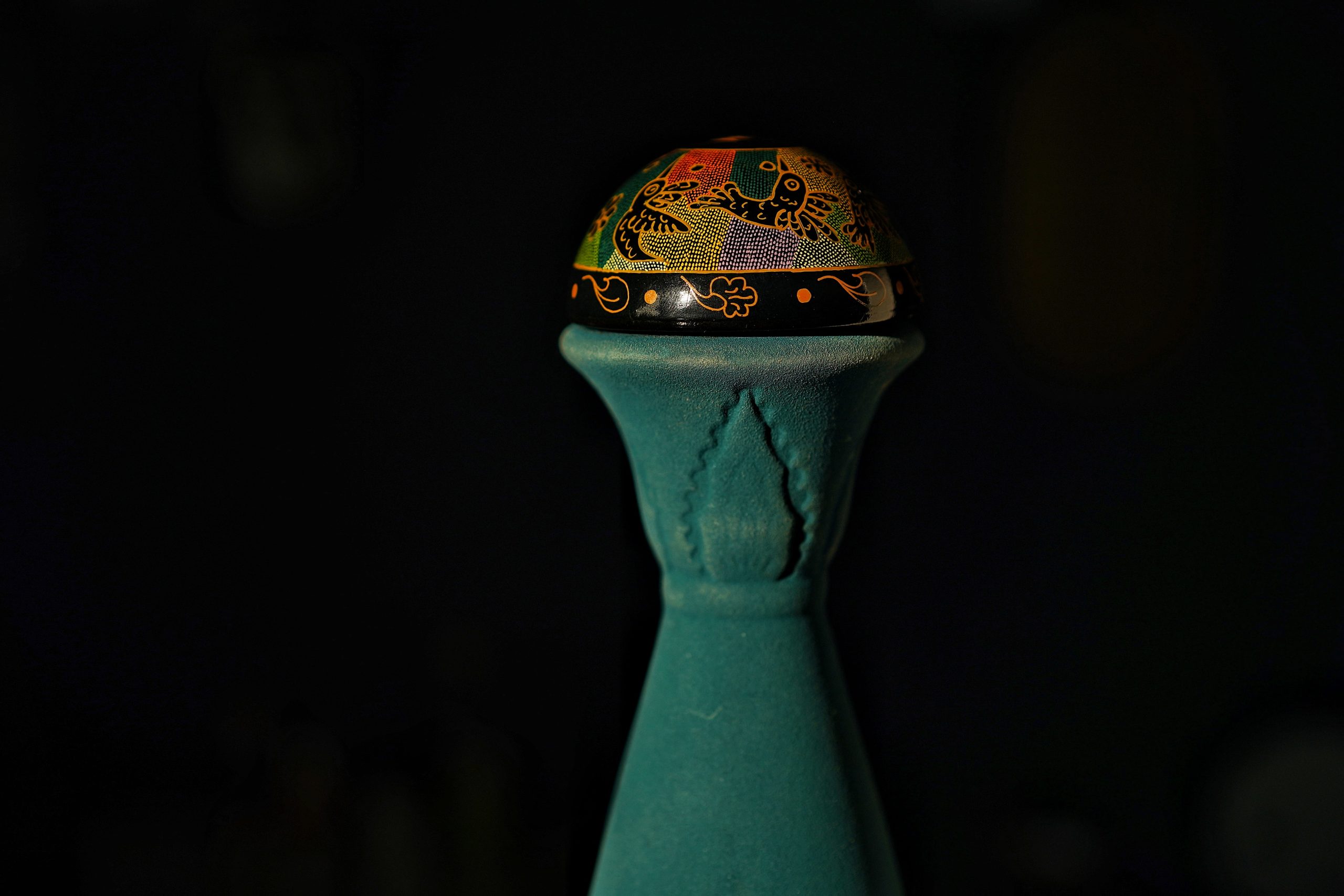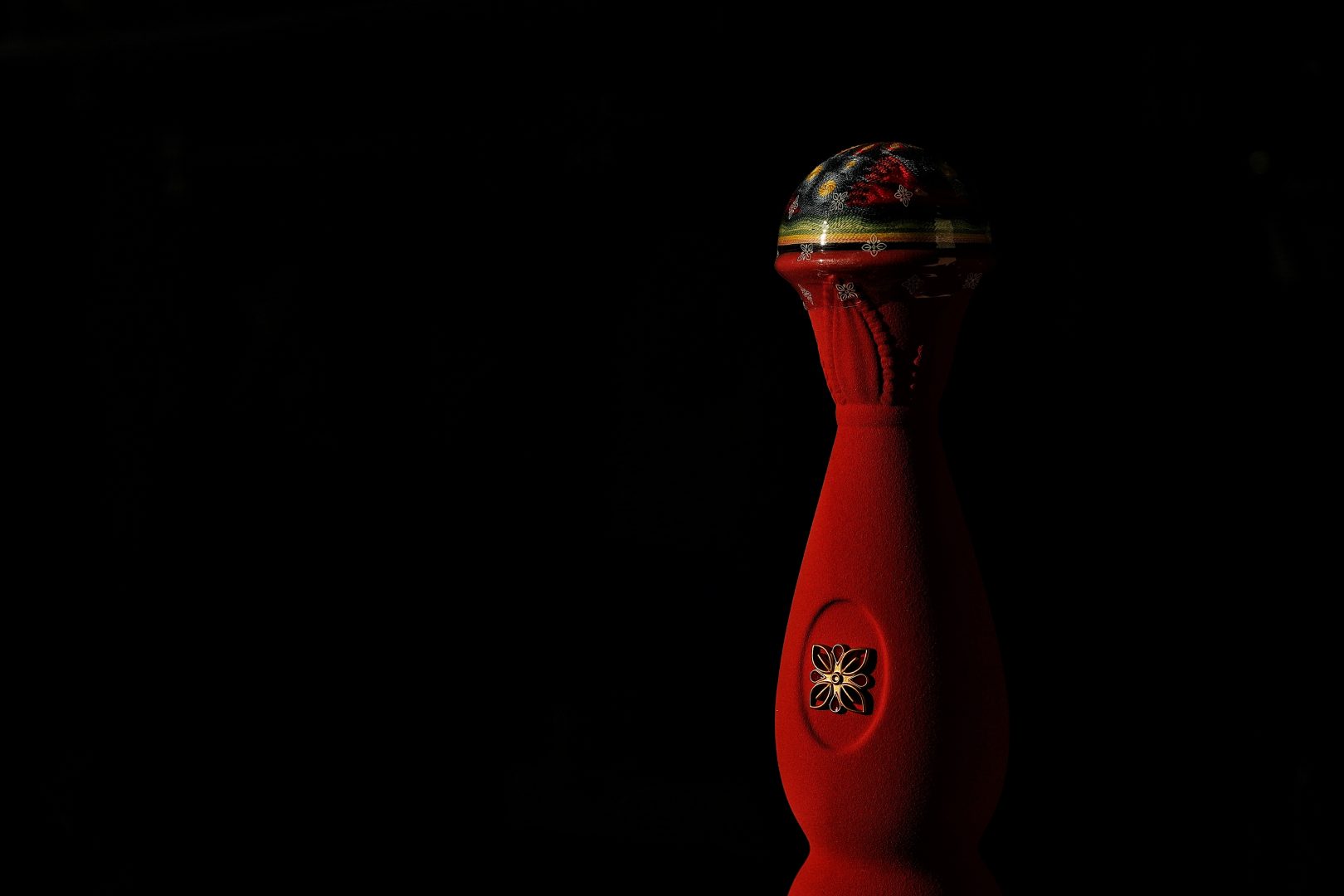Congratulations on the launch of the Mezcal San Luis Potosí! Can you tell more about this new expression from Clase Azul? From which agave(s) is it made and can you tell a bit about the area and the distillery?
At Clase Azul Mexico, we are committed to enhancing our culture, our exquisite flavors and traditional processes. So, looking for that essence and cultural richness, we decided that our next mezcal icon would be inspired by the region of San Luis Potosí. The deserts of this region, although inhospitable at first glance, are rich in storytelling and natural wealth. The mezcal is made in Estación Ipiña, a small community of around only 250 people. For more than 250 years, the mezcal-producing communities of San Luis Potosí have produced this distillate with traditional methods, using methods passed from generation to generation to present day.
San Luis Potosí, located in the Mexican central highlands, possesses an unmatched cultural richness, the result of centuries of being at the historical forefront and an intact indigenous presence. The state enjoys the exceptional beauty of its landscapes; desert valleys filled with cacti as well as subtropical forests where rainwater runs through surreal sculptures. The extensive semi-desert mountains, one of these landscapes, is home to a diverse population of native flora. In its valleys hides one of Mexico’s best-kept secrets: Agave Verde. Clase Azul Mezcal San Luis Potosí is made using green agave (Agave salmiana), a type of agave native to the semi-desert slopes and plains of the region, which grows at an elevation of around 6,500 ft above sea level.
The plant is considered mature at around 12 years, when it reaches a height of almost five feet. Its growth and rate of maturity depend on factors such as changes in temperature and the availability of water (frosts and droughts). The jima is harvested in two steps once the agave reaches maturity. First the jimadores carefully identify mature agaves and remove their flowering stalks. Approximately six months later, the agave is completely harvested once it has accumulated enough sugars for fermentation and lowered its level of saponins, organic compounds that are bitter in flavor. The jima is done manually with the help of a heavy metal tool known as a barra fitted with blades of different shapes.
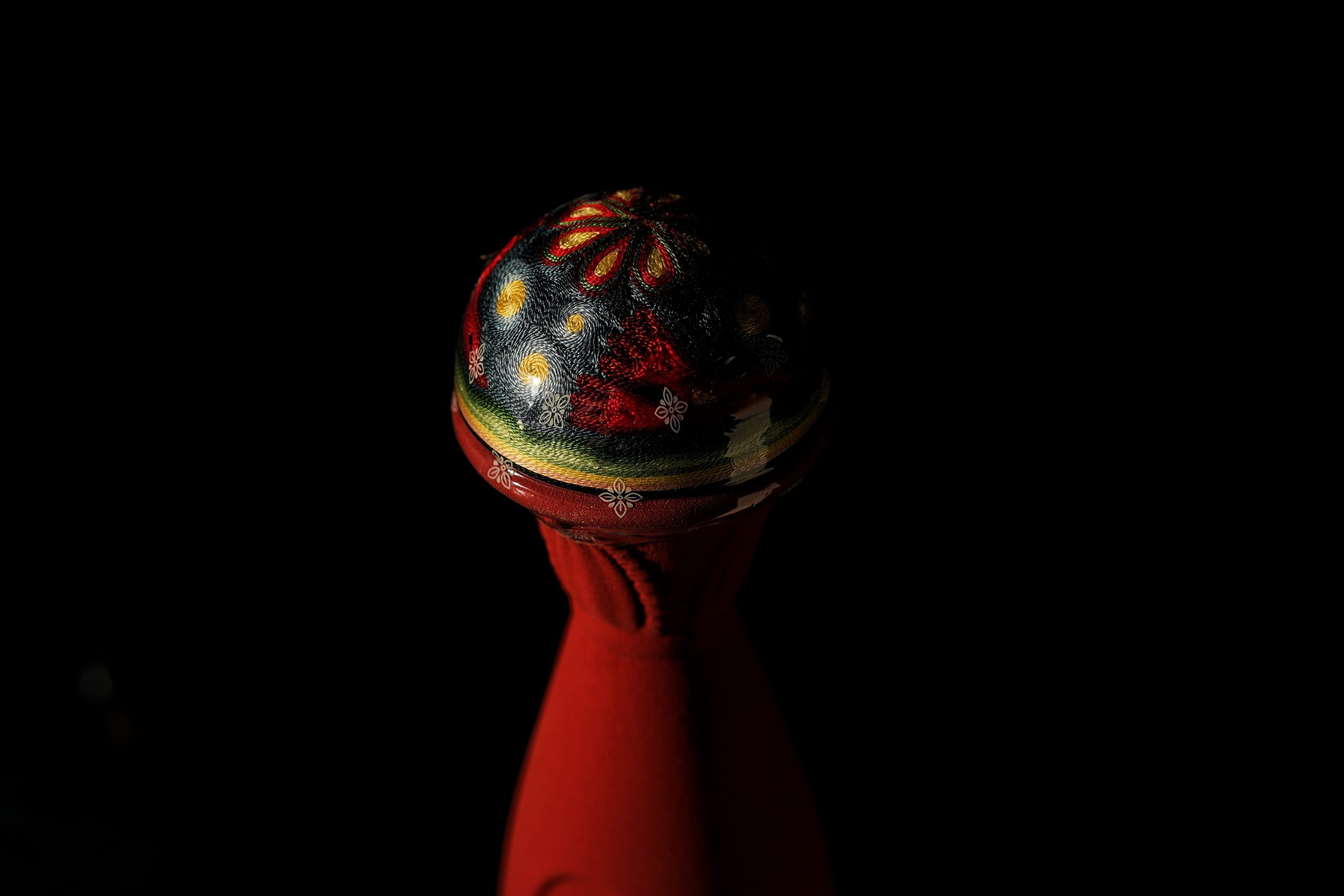
The Mezcal San Luis Potosí comes as always in a beautiful bottle. Can you tell how this was designed, by who, and which meaning the elements have?
Clase Azul Mezcal San Luis Potosi is inspired by the journeys of the Huachichiles, a nomadic people who made a pilgrimage through the highlands of Potosí. One of the better-known tales is one that explains why the huachichiles dyed their heads with an intense red pigment. During their journeys through the desert, the huachichiles came upon a red headed finch, a bird they hunted for a long time without success as no arrow was able to hit its mark. It wasn’t until they were illuminated by the desert itself that they realized that the bird that were hunting was actually the tribe’s spirit animal, the Mexican finch; when translated to native Nahuatl —cuāchihchīl— is the name of the huachichil people today.
The red color of the ceramic alludes to the name of these people, “red-painted heads”; The engravings on the base of the decanter depict the vast desert and mountains that made up their territory, the agave stalks characteristic of the region and the red-headed finch so significant to this tribe.
Can you share your tasting notes of the San Luis Potosi Mezcal?
Its unique aromatic and tasting notes reflect its traditional craftsmanship and capture the essence of the green agave used in its production. Clase Azul Mezcal San Luis Potosí’s full-bodied profile comes from a traditional, regional process that involves steam cooking in vaulted masonry ovens with milling in a Chilean mill, using a tahona wheel to extract the agave juice and then is fermented with yeast. Distillation is carried out simultaneously in two separate pot stills, each one adding unique characteristics to the sensorial profile of the spirit.
This mezcal features aromatic notes of cooked agave, caramel, green chile, sweet fruit, freshly cut grass and wildflowers, and boasts herbal flavors featuring hints of caramel, lime zest and clove, with a mineral and spiced aftertaste.
How did Clase Azul start as a brand and when? Who founded it and what was is the background of the founder?
The company was born in 1997 in Guadalajara, Jalisco by Arturo Lomeli who was determined to show off an exquisite side of Mexico. As a leader, his dedication to Mexican culture has made Clase Azul an impactful brand in the world of spirits and luxury categories. We will always pursue our mission of sharing Mexico’s exquisite traditions with the world
Was the tequila served in the iconic bottle from the very start? And what is the thought behind this special and visually striking packaging?
Our founder had some other products before Clase Azul Tequila, but the Clase Azul tequilas and mezcals that most people know have always been presented in the shape and style you are used to seeing. Since Mexican culture and artistry is so important to us, the goal has always been to offer delicious tequilas and mezcals in decanters that are truly one-on-of-kind works of Mexican art.
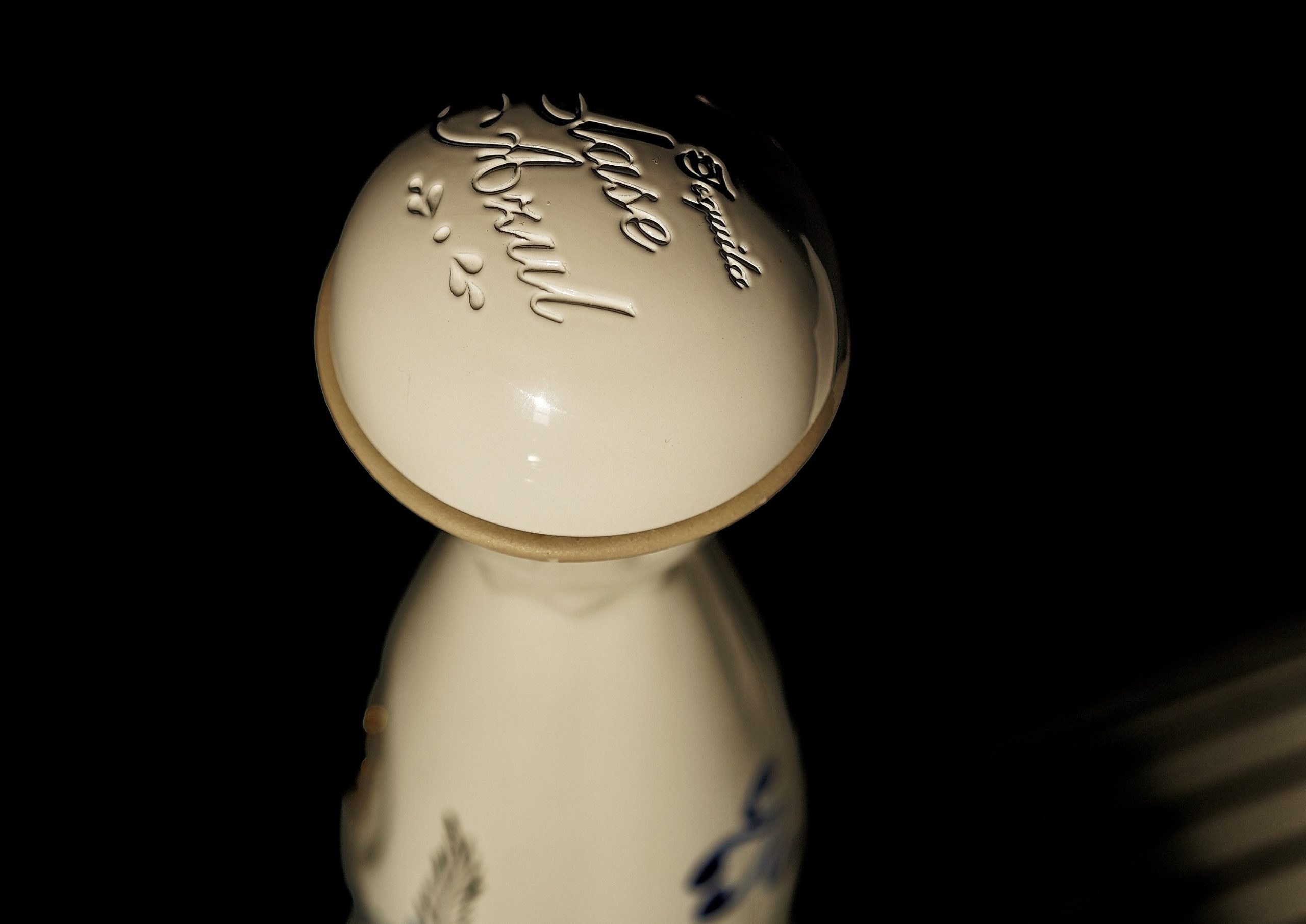
What is the meaning of the bell on top of the bottle?
We never intended the lid to be used as a bell. Some years back, we made an improvement to the cap for functional purposes. Some people joke that the bell sounds represent the magic inside the bottle, but this was never planned.
Can you take us through the process of making Clase Azul tequila? And is there a special program for barrels you use for ageing your tequila’s?
At Clase Azul we care about every single detail, from the raw material to the last step in the production process; the maturity and the region of the agave is very important for the profile we want, which is why we select Los Altos de Jalisco (Highlands) for our tequilas. The altitude, the rain, and the weather greatly influence the final profile. The agave cooking process takes place in steam masonry ovens, and after the extraction of the agave juice, the most important process is fermentation, which was the focus of my thesis while earning my Master’s Degree. With the exception of our un-aged Plata, after distillation we begin the aging process.
In the aging process, the selection of the barrel is crucial to extract the best of the aromatic components. Also the number of times we use the barrel is key to maintaining consistency in the tequila.
How long have you been involved in the company and what were your previous occupations?
I was first introduced to the tequila industry during my undergraduate studies when visiting different factories to learn more about agave. I was always fascinated with the fermentation process, and I decided early on that I would want to apply fermentation in my future career. In 2002 I graduated as a biochemical engineer and moved to Guadalajara to work for a food and beverage manufacturing company where I worked fermenting wheat flour and making agave honey. I soon realized I wanted to work in the tequila industry – when I first arrived at the factory and was able to smell the aromas of the raw and cooked agave and saw the magnificent fields of agave driving to work every day, it brought me to where I am today.
In 2016 I was brought on to join Clase Azul while also earning my master’s degree in tequila processes. I had certificates in quality control and experience with fermentation which helped me secure the incredible opportunity.
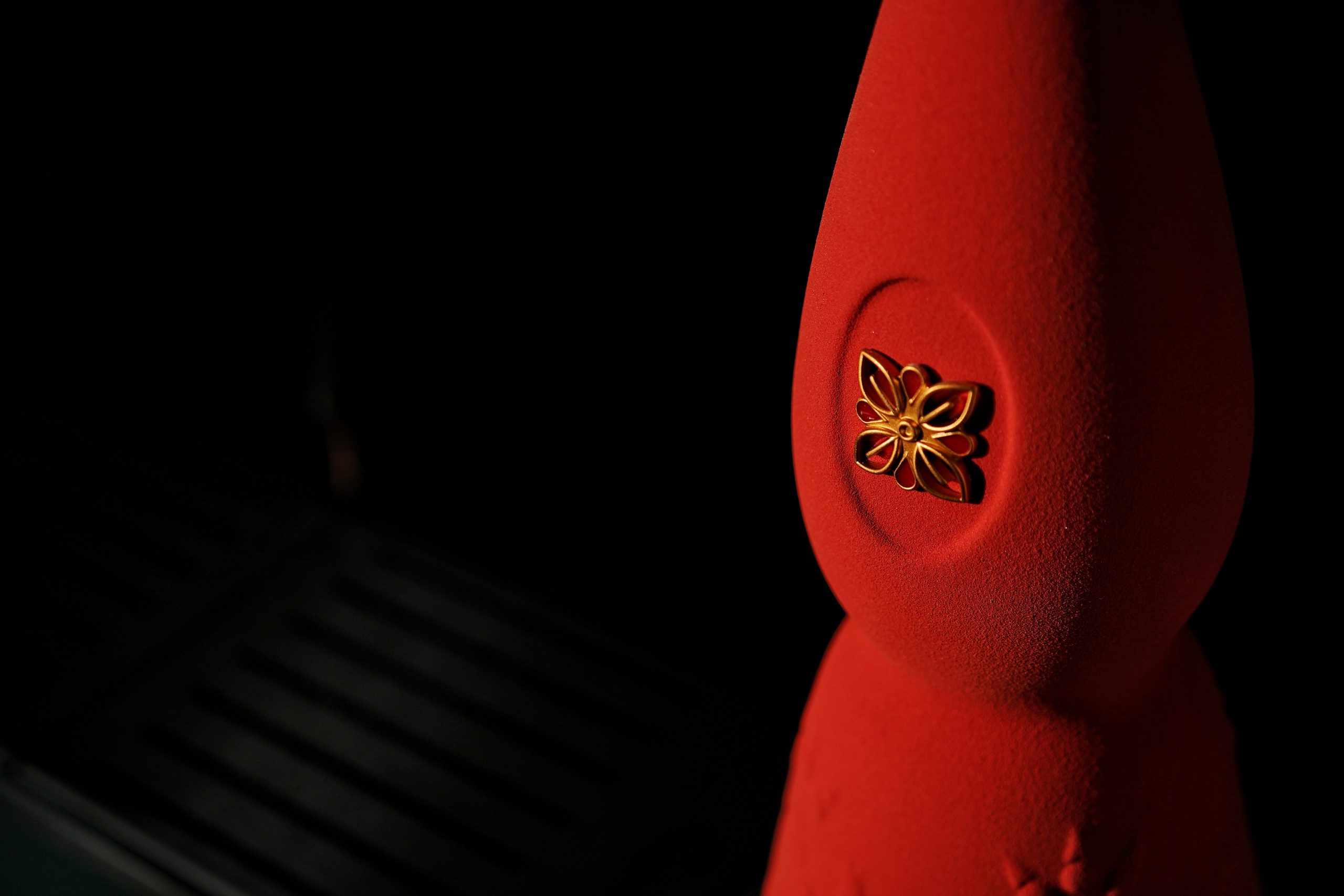
Do you have a favorite expression in the Clase Azul Range?
This is a tricky question and is not easy to answer, because every expression has its own character, and my favorite really depends on the mood and the moment. For example, Clase Azul Tequila Gold is a Joven tequila, that from my perspective is very easy to drink and enjoy because it has the spirit of our unaged Clase Azul Tequila Plata, but with some nuances of aging;
Clase Azul Tequila Añejo on the other hand, l love because it has sweet citrus notes but with a spiciness due to the wood and aging time in the barrels. And then Clase Azul Mezcals I really enjoy due to the agave flavors, the terroir which makes them special, and the unique process which makes such a delicious drink.
Can you explain the enormous success of Clase Azul Tequila in becoming the pinnacle of ultra luxury for spirits lovers around the world?
I think a lot of our success is due to our wide variety of expressions. Also, the agave, our production process and the characteristics of our tequilas and mezcals make Clase Azul Mexico so unique. Our products come in beautiful decanters, but we also offer love, culture and a deeper connection to Mexico – Our goal is to enhance life’s most memorable experiences and moments that are cherished for a lifetime. Tequila is so interconnected with Mexico’s heritage and traditions and people crave exposure to other cultures and unique experiences. Clase Azul can take you somewhere beautiful, even while in your own living room.
At Clase Azul Mexico, we strive to immerse our customer into an authentic and exquisite Mexican experience. We recently launched a Destinations arm, which helps us further share the magic of Mexico with the world. Current offerings include Clase Azul The Loft, Brooklyn and Clase Azul La Terraza, Los Cabos – which includes a Boutique, Restaurant, Bar, Omakase and 2 interactive experiences – Cosmos and A Taste of Culture. In 2024, Clase Azul Mexico will launch a massive Destination in Jalisco, MX, with details to be announced in the coming months.
Do you have any new limited editions or line extensions planned for the near future that you can already tell us about?
In 2024 you can expect our annual Dia de Muertos Limited Edition, which is always a popular tequila due to the sentiment around the holiday and the craftsmanship and passion that goes into its production. There are some other things in the works for 2024 and we’re happy to keep you posted!
Clase Azul is distributed by D-Vine in The Netherlands. If you want to try Clase Azul by the glass, you can visit one of these bars in Amsterdam: Nela, Bar Bellini, Flying Dutchmen Cocktails, Barça, Bar TwentySeven and all bars of Entourage Group (The Duchess, Izakaya and Momo). Other place are Restaurant FRED (Rotterdam) and Restaurant Kita (Hendrik-Ido-Ambacht).

